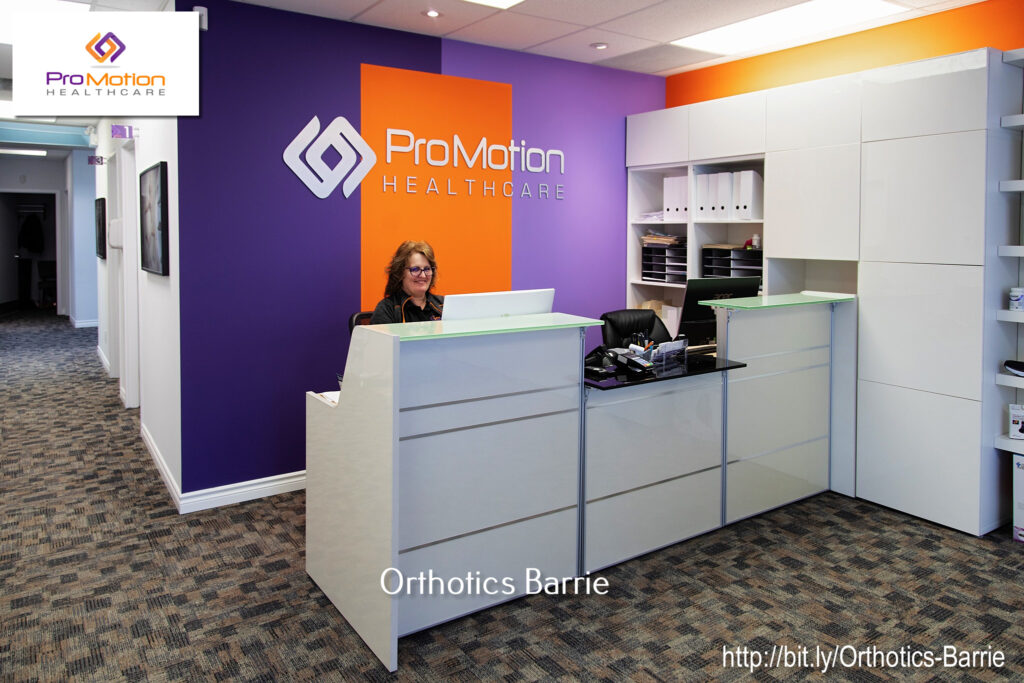Orthotics for Ankle-Foot Problems
Many patients have mobility problems with the lower part of their leg and ankle. An orthotic can be designed that controls the position of the ankle. Other orthotics control the motion of the ankle. Many orthotics are designed to compensate for muscle weakness and tightness. This becomes a chief concern when talking about patients with cerebral palsy since most people with cerebral palsy have muscle tightness and joint stiffness. More can be found here.
Cerebral Palsy
Orthotics play a vital role in helping children with cerebral palsy live a life as normal as possible. The child cannot move around unless their body is stable. Orthotics help increase stability, which in turn, increases strength, balance, comfort with their body, and independence. Learn more about Orthotics for Plantar Fasciitis.

A properly built orthotic for a child with cerebral palsy will give the child’s body a base of support. This base will enable the child to have a better gait and more mobility.
Sometimes only an ankle-foot orthotic is needed, but other times orthotics are needed to support the lumbar and pelvic area as well. Again, the goal is to give the body a stable base from which to move. Some patients may need a knee orthotic, or just a foot orthotic to help the sole of the patient’s foot have better contact with the ground.
